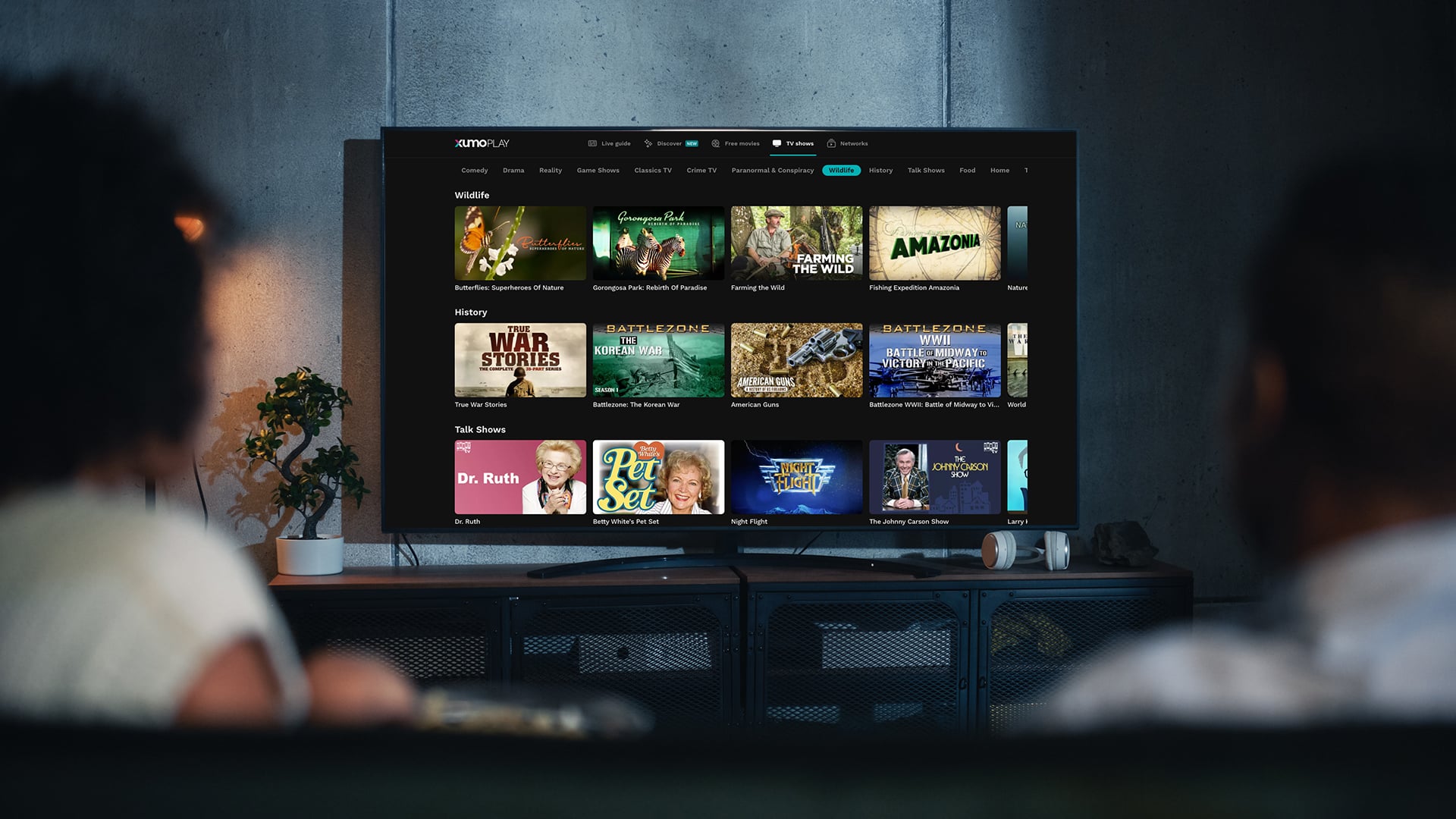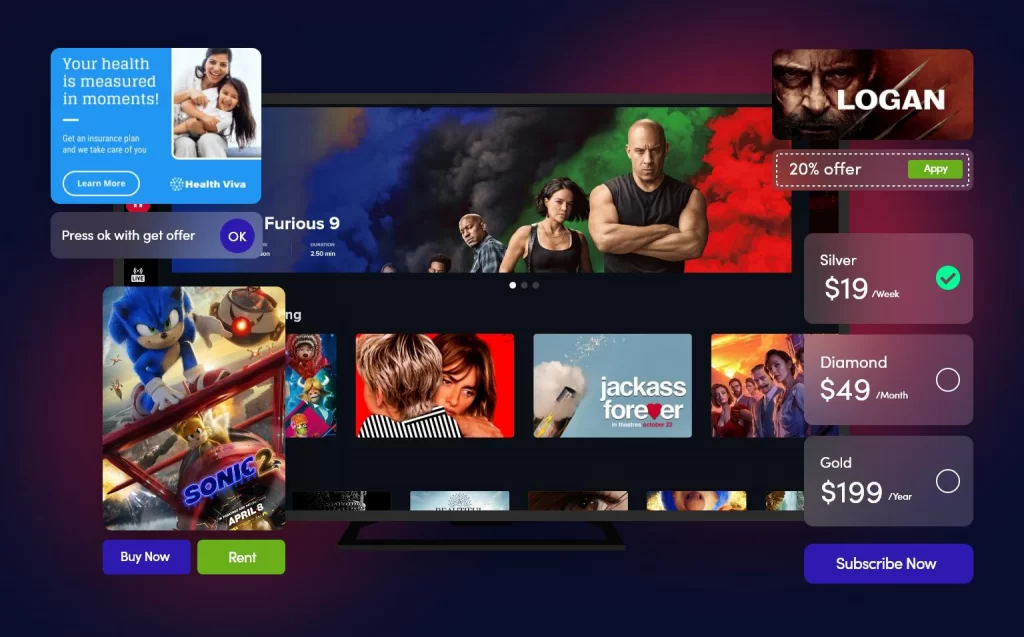Apollo Group Tv Fundamentals Explained
Apollo Group Tv Fundamentals Explained
Blog Article
The 7-Minute Rule for Apollo Group Tv
Table of ContentsApollo Group Tv Fundamentals ExplainedSee This Report about Apollo Group TvTop Guidelines Of Apollo Group TvThe Only Guide for Apollo Group Tv
In this circumstance, as opposed to having three-minute industrial areas throughout a 30-minute tv program, television programming might alter to one where a customer will be needed to have a month-to-month membership, to ensure that they cen view targeted banner ads. This kind of marketing currently occurs on the web, and the quantity of information tv firms accumulate enables them to do a lot the very same.Explain the significant patterns among the broadcasting and cable television networks. Popular radio shows such as police dramatization Dragnet and western cowboy series Gunsmoke were adapted for television, and new Television shows were funded by solitary advertisers, simply as radio shows had actually been.
Today, the television industry is even more intricate. Programs are funded by multiple marketers; shows is regulated by major media conglomerates; and the three significant networks no much longer dominate the airwaves yet rather share their visitors with countless wire networks. A number of aspects represent these patterns within the sector, consisting of technical advancements, government laws, and the production of brand-new networks.

How Apollo Group Tv can Save You Time, Stress, and Money.
Even public tv has actually become based on the influence of marketing. Established in 1969, (PBS) created out of a report by the Carnegie Payment on Educational Television, which analyzed the role of educational, noncommercial tv on society. The record advised that the federal government money public television in order to offer variety of shows during the network eraa service produced "not to sell products" yet to "boost citizenship and public solution (McCauley, 2003)." Public television was additionally intended to supply global accessibility to tv for visitors in backwoods or customers who can not afford to pay for personal television services.
The duration between 1950 and 1970 is traditionally acknowledged as the. In addition to a little part of airtime regulated by public television, the three major networks (called the Big 3) dominated the tv industry, jointly representing greater than 95 percent of prime-time watching. In 1986, Rupert Murdoch, the head of multinational firm Information Corp, introduced the Fox network, challenging the prominence of the Big 3.
Targeting young and minority audiences with shows such as Buffy the Vampire Slayer, Moesha, Dawson's Creek, and The Wayans Bros., the new networks wanted to attract stations away from their old network associations. However, rather than duplicating the success of Fox, UPN and WB battled to make an impact. Not able to bring in many affiliate stations, both new networks reached less homes than their larger rivals since they were inaccessible in some smaller sized cities.
This choice led the way for the advancement of cable film channels, adding to the rapid development of cable television in the 1980s and 1990s. apollo group tv. More deregulation of cord in the 1984 Cord Communications Policy Act removed limitations on cable television prices, enabling operators to bill what they wanted for cable television services as long as there was effective competition to the solution (a requirement that over 90 percent of all cable television markets can satisfy)
The Buzz on Apollo Group Tv

Having produced the initial "superstation," Turner increased his realm by founding 24-hour information network CNN in 1980. At the end of the year, 28 nationwide programs solutions were available, and the cord transformation had begun. Over the following years, the sector undertook a period of quick growth and appeal, go to my blog and by 1994 visitors can select from 94 basic and 20 costs cord solutions.
Number 9 - https://filesharingtalk.com/members/603104-apollogtv01.16 Increased competitors from wire networks has created a steady decline in the networks' audience rankings. Throughout the 1950s, the expense of producing a solitary tv show boosted as programs came to be much longer and production expenses skyrocketed. Sponsorship on network tv moved from single sponsorship, in which a program was entirely sustained and created by one marketer, to multiple sponsorship, in which advertisers got 1- or 2-minute areas on the program
Each feedback should be a minimum of one paragraph. Select among the Big Four networks and publish out its once a week programs routine. Watch the network's prime-time programs over the course of a week, keeping in mind the target group for each and every program. Observe the advertising and marketing enrollers that sustain each show and compare just how the product or services fit with the desired audience.
Fascination About Apollo Group Tv

Straight television, usually referred to as conventional program television, incorporates cable and satellite tv. It's called "direct" since content follows a fixed programming routine, unlike on-demand web content which the individual audience determines to enjoy based on their own preferences and timetable. When you ask, "What is straight Television?", think about it as the traditional way of watching TV that has been around for decades.
Report this page